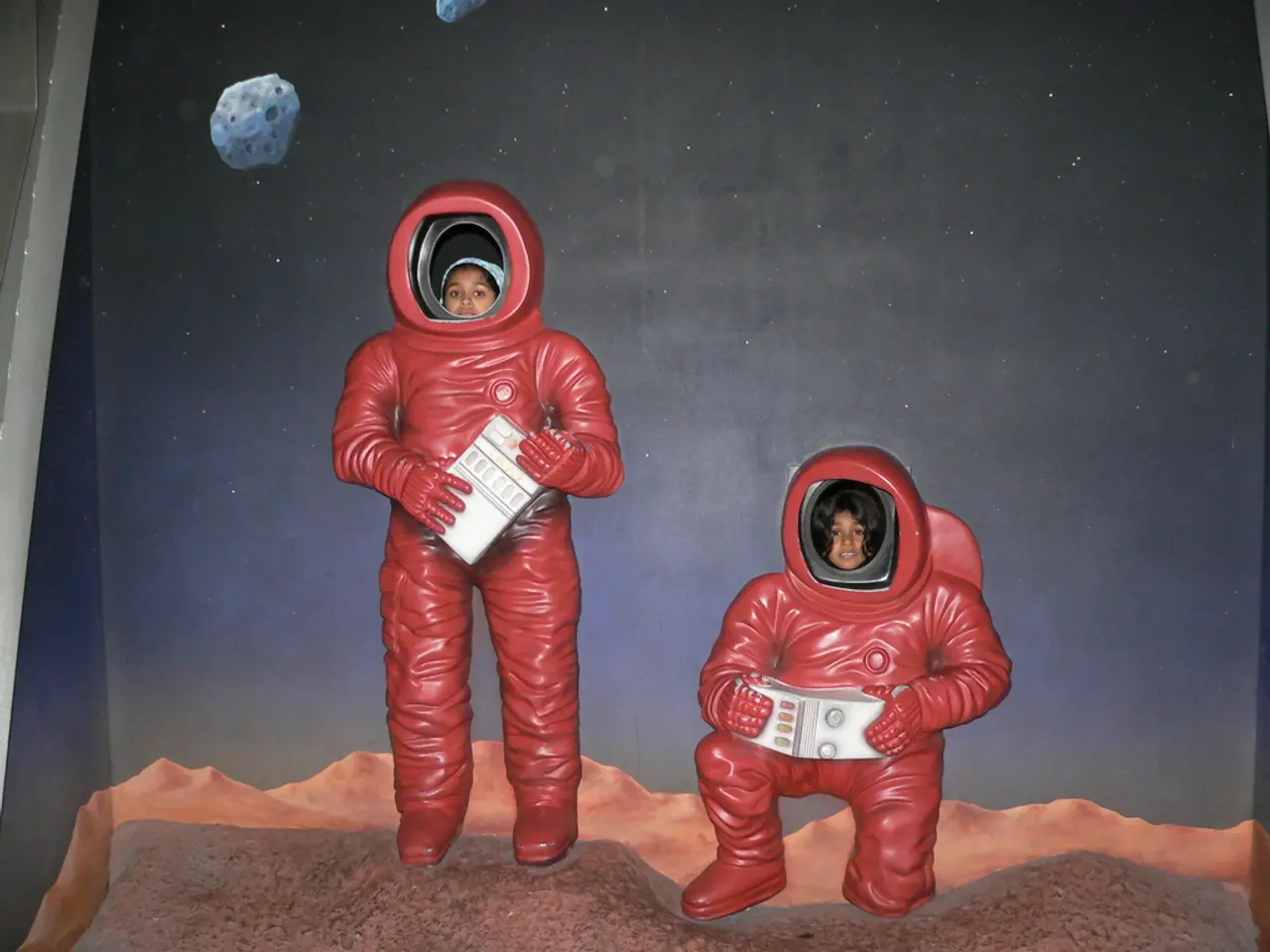Successfully Grown Mice from Space Station Stem Cells
In a groundbreaking study, researchers at Kyoto University, along with collaborators from NASA, the German Aerospace Center (DLR), the University of Colorado Boulder, and other institutions, have made a significant discovery in the field of space biology. The team's findings, published in Stem Cell Reports, challenge initial assumptions about the impact of spaceflight on spermatogonial stem cells and pave the way for future human space missions.
The study focused on the potential damage to spermatogonial stem cells during spaceflight and the resulting offspring. Decades of space exploration have revealed known stressors to animals during spaceflight, including radiation, microgravity, hypergravity, and circadian rhythm disruption. However, the full biological impact of spaceflight on stem cells remains incompletely understood.
To test this, the research team cryopreserved mouse spermatogonial stem cells on the International Space Station for six months. Upon thawing, the cells were expanded in vitro and subsequently translated into mouse testes. Offspring from these frozen cells were born through natural mating.
To the team's surprise, the offspring appeared normal and did not exhibit abnormal DNA patterns. This suggests that long-term health issues cannot be ruled out, but it is a promising step forward in understanding the limits of germ cell storage for future human spaceflight.
Interestingly, the study's results contradict initial predictions that spaceflight would be more harmful to spermatogonial stem cells than cryopreservation. After thawing, spermatogonial stem cells proliferated comparably to those cryopreserved on Earth, showing no significant phenotypic or functional differences.
Moreover, spaceflight did not increase apoptosis or DNA damage in spermatogonial stem cells. The hydrogen peroxide concentration used in cryopreservation was sufficient to kill off some spermatogonial stem cells, but minimal differences were observed between pre- and post-spaceflight germ cells.
The research team at Kyoto University continues to examine how long germ cells can be stored in the ISS and plans to conduct further analysis. Their findings suggest that spermatogonial stem cells from many species can be cryopreserved and still produce sperm, which could have significant implications for future long-haul space missions.
In conclusion, this study provides valuable insights into the resilience of spermatogonial stem cells in space and their potential for preservation. The research team predicts that future space missions may benefit from the development of germ cell preservation, based on the findings. As space exploration continues to push the boundaries of human knowledge, studies like this one will undoubtedly play a crucial role in ensuring the health and safety of astronauts for generations to come.
Read also:
- Peptide YY (PYY): Exploring its Role in Appetite Suppression, Intestinal Health, and Cognitive Links
- Toddler Health: Rotavirus Signs, Origins, and Potential Complications
- Digestive issues and heart discomfort: Root causes and associated health conditions
- House Infernos: Deadly Hazards Surpassing the Flames








